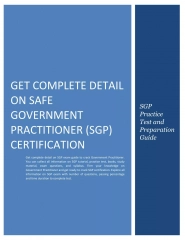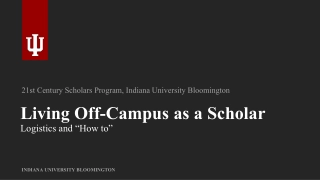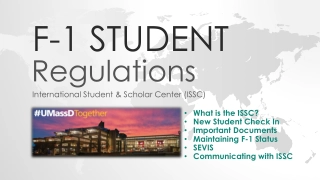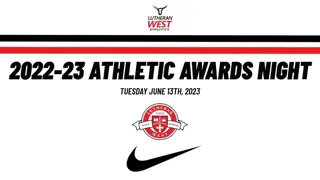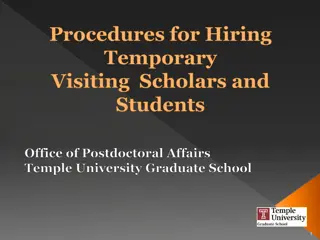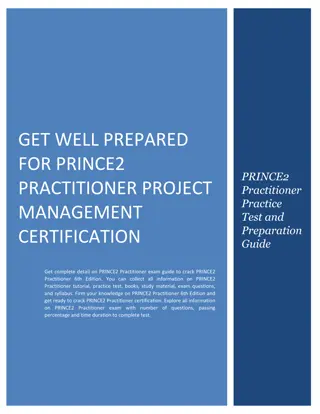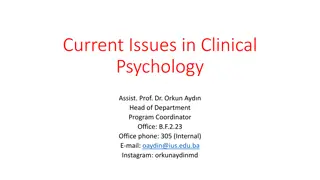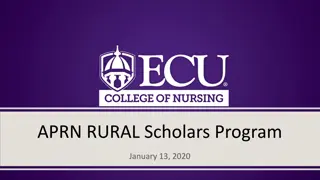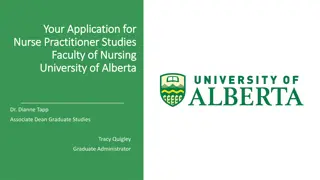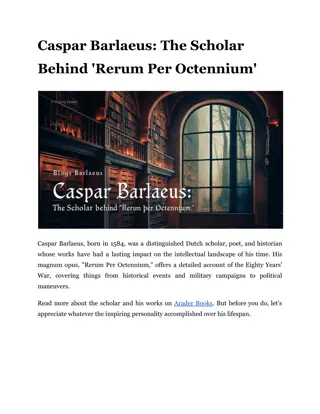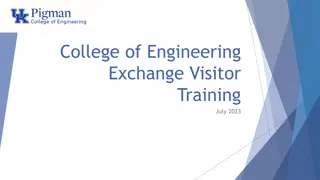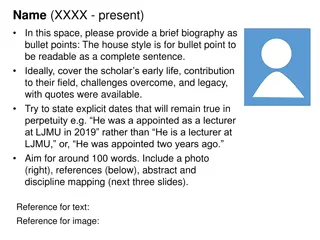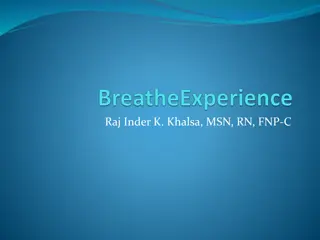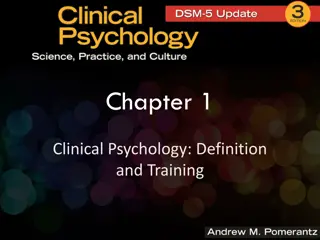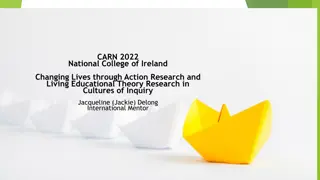Promoting Practitioner-Scholar Engagement in Management Research
This content discusses the importance of having a journal for practitioner-scholars, the status and format of submissions, and suggestions for the future. It emphasizes the unique perspectives and contributions practitioner-scholars bring to the academic world and how this can benefit both practitioners and scholars alike.
Download Presentation

Please find below an Image/Link to download the presentation.
The content on the website is provided AS IS for your information and personal use only. It may not be sold, licensed, or shared on other websites without obtaining consent from the author.If you encounter any issues during the download, it is possible that the publisher has removed the file from their server.
You are allowed to download the files provided on this website for personal or commercial use, subject to the condition that they are used lawfully. All files are the property of their respective owners.
The content on the website is provided AS IS for your information and personal use only. It may not be sold, licensed, or shared on other websites without obtaining consent from the author.
E N D
Presentation Transcript
Kalle Lyytinen Iris S. Kalle Wolstein Professor Lyytinen Iris S. Wolstein Professor http://emr.case.edu/ E-mail: engaged-management-review@case.edu
1) Why to have a journal for the practitioner- scholar? 2) Status of Journal 3) Observations 4) Format of an Empirical Submission 5) Suggestions for Way Ahead 2
1) Why to have a journal? Three different identities (and worldviews) Three different identities (and worldviews) (PRACTITIONERS LEARN) THE SCHOLAR S VIEW OF THE WORLD (The traditional scholar world) THE RESULT IS A UNIQUE VIEW BY THE PRACTITIONER- SCHOLAR (The EDBAC graduate) PRACTITIONER S VIEW OF THE WORLD N No dedicated outlet for the Practitioner No body of literature to reinforce our identity o dedicated outlet for the Practitioner- -Scholar; No body of literature to reinforce our identity Scholar; 3
Professional magazines (examples) PRACTITONER/ SCHOLAR VIEW EMBEDDED IN THE PRACTITIONER WORLD Relevance EMR HBR SCHOLAR S VIEW OF PRACTITIONER WORLD WHILE EMBEDDED IN THE SCHOLARLY WORLD Sloan CMR Industry Specific Academic Journals (examples) PRACTITONER VIEW OF THE PRACTITIONER WORLD Org sci AMR MISQ AMJ ASQ Rigor SCHOLAR S VIEW OF THE SCHOLARLY WORLD 4
To promote knowledge produced with managers, by managers and for managers. To strengthen practitioner scholars and engagement management research To provide timely, reliable evidence to managerial problems that have significant implications for practice 5
Three types of articles Empirical Qualitative, quantitative, mixed methods Has a unique format discussed later in slides Essay Three types each with a format but very open format: Research survey: review of literature surrounding a practice- based problem or issue Theory review: identify and justify why a theory in a non- management field should be applicable to management Engaged scholarship debate: examines engaged management phenomena and methods Translation This is especially targeted for alumni of EDBAC programs Reports how engaged managed scholar s research has been put into practice Empirical Essay Translation 6
There is not yet a shared understanding of EMR goals Finding the sweet spot between academic/practitioner Currently submissions and review criteria leaning toward an academic journal Reviewers/Editors are defaulting to what they know Associate editors/reviewers use same standards as traditional scholarly journals even EDBAC alumni reviewers Similar to phenomenon Banerjee & Morley (2013) AMLE found but with respect to DBA theses in the UK and Australia Reviewers often do not recognize there is an EMR format This is especially the case for empirical papers; the authors use the format but negative reviews are made about their format The format is designed intentionally to create a branded format to capture BOTH practitioner and scholarly voices 7
Abstract Synopsis Methods (short and quick) Main Body Required Appendix for Methods 8
Each section requires the author to speak in either a scholarly voice or a practitioner voice Scholarly voice: Uses controlled and technically precise language only understandable to academia Priority is on knowledge development and methodology Requires translation for practitioner use Practitioner voice: Uses language found in everyday contexts of the problem of practice Priority is on the solution to a real-world problem Intuitively understandable and immediately reusable by the manager for his/her everyday contexts 9
State the core issue (i.e., purpose) of the research Briefly describe the methods and sample Describe the findings Interpret the results, what the implications are Written to the voice of the scholar. 10
Purpose: one or two sentences Problem of Practice: one paragraph Results: one paragraph Conclusions: one paragraph Practical Relevance: one paragraph Keywords This section is an overview. Written to the voice of the practitioner. 11
Research Question: one or two sentences Method/Design: one paragraph Type of method (e.g., qualitative study using interviews) Type of analysis used (e.g., grounded theory) Validity/reliability issues (e.g., generalizability) Sample: one paragraph If qualitative: e.g., for interviews - kinds of people interviewed, how accessed If quantitative: e.g., for surveys no. of surveys, no. of responses, who sent to, how accessed This section is an overview. Written to the voice of the scholar. Details go in the mandatory Appendix. 12
(1) Practical Problem (practitioner voice) (2) Literature Review (scholarly voice) (3) Findings (practitioner voice) (4) Lessons for Practice (practitioner voice) (5) Contributions to Theory (scholarly voice) Description for each section is provided in back up slides. 13
The Practical Problem In plain language, give reader the inside view of the problem you are dealing with The reader should get a visceral feeling for what is at stake Identify what problem you are trying to answer Few citations are necessary since this section is the practitioner s view of the problem Written to the voice of the practitioner 14
The Literature Review Telling the reader what scholars know about the general or specific problem and related subject area Identifying what is not known Organize this section by main research ideas Citations are necessary in this section although the intent of the Empirical paper is EMR is to reduce extensive citation usage, targeting about 20 citations total Written to the voice of the scholar 15
The Findings What your research found Organize into main subheadings Try to limit the findings to 3-5 big ideas The section should be understandable by the practitioner; it should not be overly technical, which is what the Appendix is for Written to the voice of the practitioner 16
The Lessons for Practice Identify realistic ways of implementing ideas This is the most difficult section since it is only the practitioner who understands the context of what has a chance of working, yet the research findings are conceived in a more general or abstract space This section is usually the least important in academic programs; here is where the practitioner- scholar can shine Written to the voice of the practicing manager 17
The Contribution to Theory Focus on 1-3 big implications of so what Should be tied to something discussed in the Literature Review section Should be interesting: a theory or set of findings that refute, change, challenge, and/or expand what is previously known A study that confirms what is known is not interesting Written to the voice of the scholar 18
Required Section Aspects of methodology needing more details Areas that need clarification Areas that need amplification (We do not know yet how much is too much technical detail.) Written to the voice of the scholar 19
Quantity of EMR goals and format Quantity: ideas for achieving a shared understanding Long Term: The number EDBAC schools is increasing Near Term: Introduce EMR Empirical submission requirement into EDBAC school curricula Quality Ambidextrous presentation style needed: both scholarly and practitioner voices (we forget the practitioner voice) Consistent with recommendations, in general, about MBA and professional doctorates thesis need both voices Huff (2000) and Banerjee & Morley (2013) need for Mode 1.5 Lacking a Compelling problem of practice: need practitioner relevance ( so what? ) Not breaking new ground: Need research that produces changed views about theory, the practice, or prior research Quality: barriers to overcome in submission 20


